FOR IMMEDIATE RELEASE
May 14, 2020
Contact
Laura McMillan, lmcmillan@ctenvironment.org
Plum Island dive results: “Every centimeter” covered with life
Pilot study finds coral, anemones, eelgrass meadows, and more
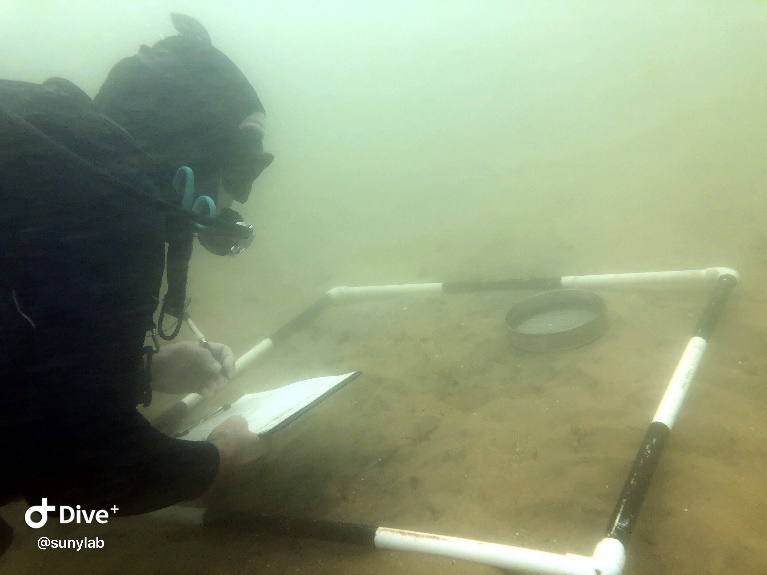
New Haven, Conn. – Over five days last September, a team of divers and marine scientists conducted a first-of-its-kind marine survey of the underwater habitats around Plum Island. They spent the winter and spring poring over their field notes, photographs, samples, and data, and now they have compiled their findings into a report titled “Initial Survey of Plum Island’s Marine Habitats.”
The study, supported by Save the Sound, New York Natural Heritage Program, and New York State Department of Environmental Conservation and funded by an anonymous donor, reveals an immense abundance of animal and plant life in a wide range of habitat types just off the threatened island’s shores.
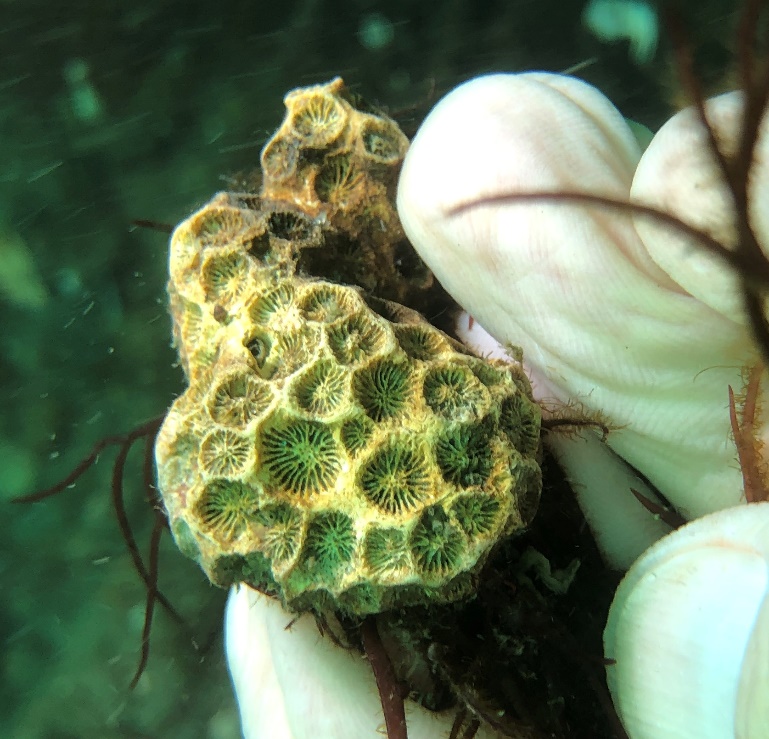
Steve Resler of InnerSpace Scientific Diving, one of the divers who conducted the survey, said, “I have seen many parts of Long Island Sound over my long diving career, and I have never seen anything quite like it, particularly on the northern side of the island. Every centimeter of hard substrate was covered with plant and animal life, and some of the boulders were four meters across. It was extraordinary and thrilling for me.”
“Most people think of exotic tropical reefs when they think of coral, but we are lucky enough to have a species of shallow-water coral in Long Island Sound,” said Emily Runnells, a marine scientist for the New York Natural Heritage Program. “It’s great that we’ve discovered the northern star coral living around Plum Island, which is one of the few places in New York that has the shallow, rocky habitat it needs. This same kind of coral also lives in the tropics, so if we can learn the reasons for its adaptability to the range of temperatures it experiences in Long Island Sound, that knowledge may someday allow us to help struggling tropical coral reefs. More study needs to be done, and Plum Island’s waters could be a living laboratory for that work.”
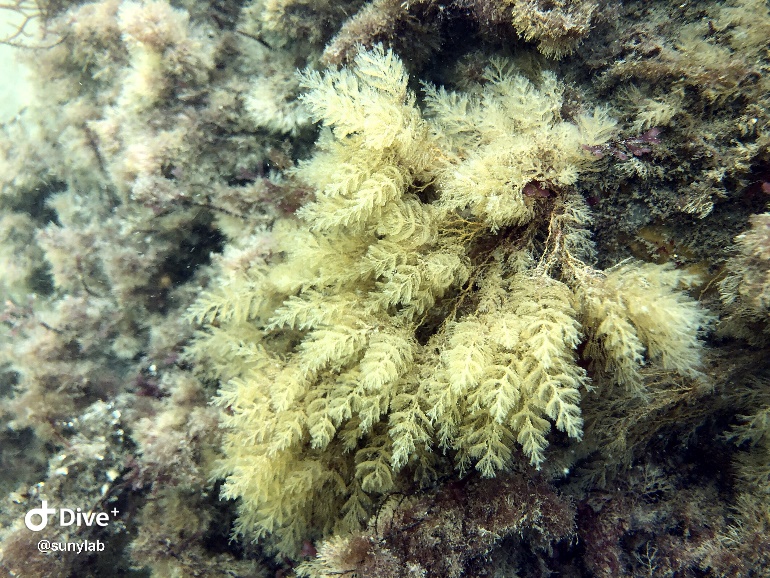
In addition to coral, the report describes communities of sponges, bryozoans, and tube worms covering the immense boulder fields, and near the surface, blue mussels. The researchers encountered gray seals, including one that nipped a diver’s swim fin. Plant communities consist of various species of red and green algae, along with sugar kelp around most of the island.
“We thought that kelp may be growing in significant quantities around Plum Island—and we found it,” said Resler. “Here though, the kelp doesn’t stand in tall vertical columns like in the Pacific Northwest. Instead it sways almost horizontally due to the very strong tidal currents around the island.”
Other habitats identified include:
- Relatively flat, large expanses of gently sloping sandy areas with distinct sand ridges, primarily off the south side of the island. Spider crabs were highly abundant in this area.
- Occasional assemblages of very large boulders separated by larger open expanses of sand off the extreme southeast side of the island.
- Eelgrass meadows well established in a relatively shallow, nearshore area off the west side of Plum Island.
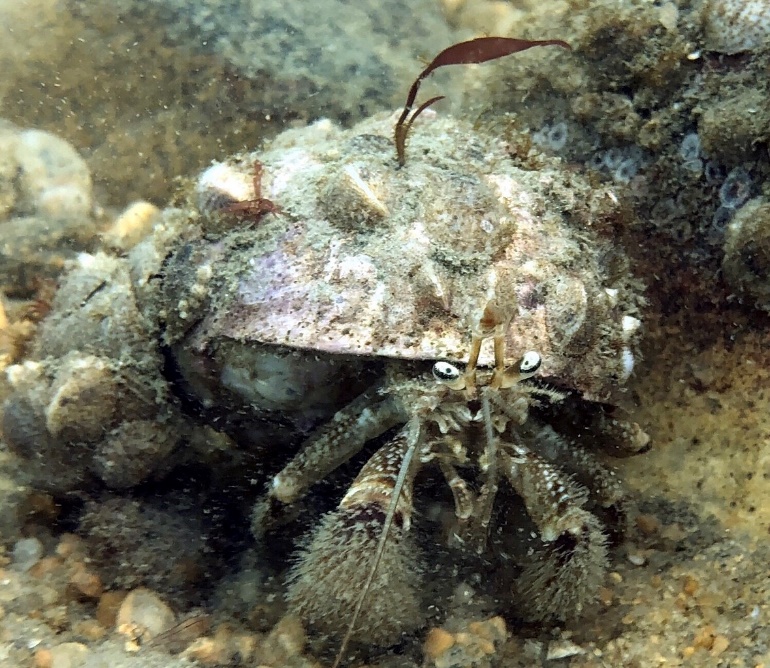
“Plum Island is part of an important coastal ecosystem, and we need to know what’s in the waters around the island in order to protect it,” explained Matt Schlesinger, chief zoologist with the New York Natural Heritage Program and principal investigator of the dive project. “This pilot study lays the groundwork for a further in-depth study of Plum Island’s marine habitats and wildlife, which will help inform the future management of activities in the island’s subtidal areas.” That second study is currently planned for the summer of 2021.
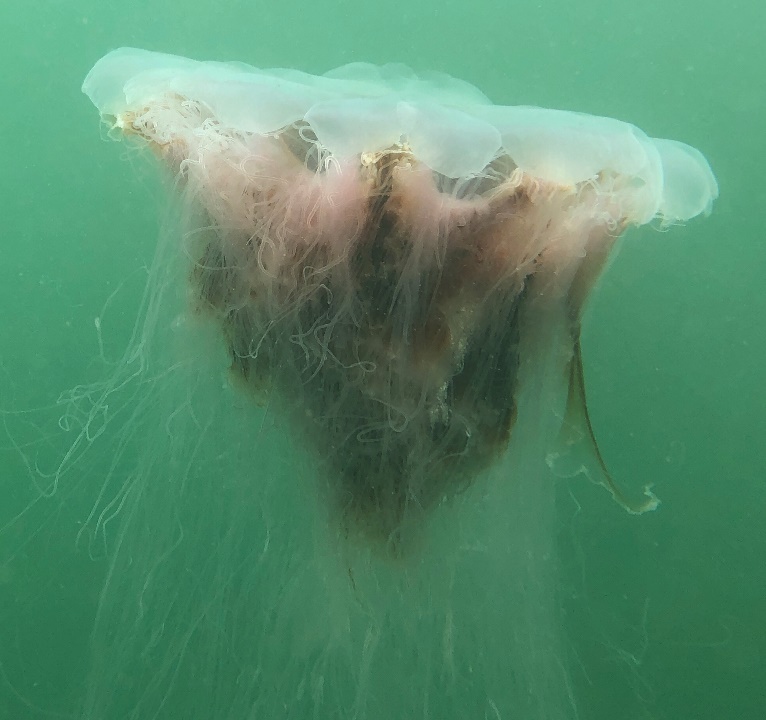
Plum Island, located off Orient Point, Long Island, is federally owned and currently slated to be sold at auction after the Plum Island Animal Disease Center moves to Kansas. Legislation to permanently protect the island—known for its array of fragile wildlife habitat and historic buildings—has been introduced in Congress several times, and last December a bill was passed to delay the sale by one year. Also last year, the state of New York passed a bill allowing for the establishment of a marine protection area around the island. Save the Sound, its fellow members of the Preserve Plum Island Coalition, and champions in Congress are continuing to push for permanent conservation. A vision report for the island’s future, developed by Save the Sound and The Nature Conservancy through a multi-year stakeholder process, is nearing completion.
Chris Cryder, land campaign manager for Save the Sound, said, “The marine surveys provide critical information to consider when determining future potential uses of the island. The more information we have, the better we can protect all of Plum Island’s valuable habitats and life, both on land and in the surrounding waters.”
###
Full dive report: https://www.preserveplumisland.org/s/Plum-Island-biodiversity-inventory.pdf
Images: Diver Dan Marelli at work; northern star coral (dead; live samples were also found); bryozoans; Pagurus pollicaris hermit crab; lion’s mane jelly. All images courtesy InnerSpace Scientific Diving.
Additional photographs available upon request.
